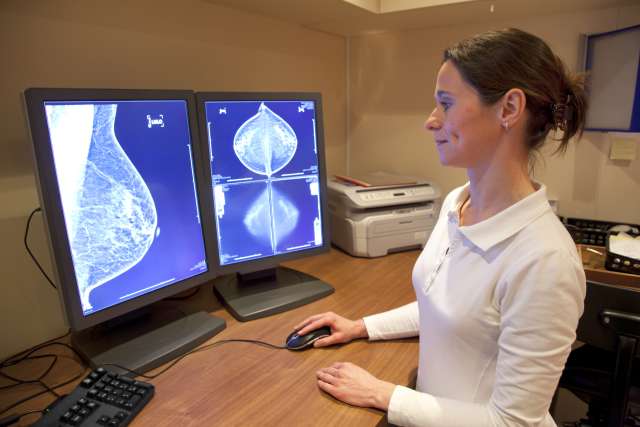FINDINGS
After a comprehensive two-year follow-up, researchers at the found that MRI-guided stereotactic body radiotherapy (SBRT) for prostate cancer significantly reduced long-term side effects and improved quality of life, particularly in bowel and sexual health, compared to conventional CT-guided treatment.
“The MIRAGE trial is the only randomized trial to date comparing these state-of-the-art technologies in radiation oncology. It was designed to see whether MRI-guided SBRT led to less toxicity than CT-guided SBRT,” said , professor and chair of Radiation Oncology at the David Geffen School of Medicine at UCLA, director of Clinical Affairs at the UCLA Health Jonsson Comprehensive Cancer Center and senior author of the study.
BACKGROUND
The research team conducted a secondary analysis of the phase 3 clinical trial, called MIRAGE, to evaluate the impact of using MRI guidance to deliver high-precision radiation therapy for prostate cancer. Radiation therapy is a standard treatment option, especially for those with localized prostate cancer. However, the side effects of treatment can be severe and long-lasting, affecting a patient’s urinary, bowel, and sexual function. MRI guidance allows for more targeted treatment with reduced planning margins around the prostate, meaning less exposure to surrounding healthy tissue. This approach was compared with the standard CT-guided SBRT, which typically requires larger treatment margins.
RESULTS
The team found that patients receiving MRI-guided SBRT experienced significantly fewer urinary and bowel side effects. Specifically, 27% of MRI-guided patients reported moderate or severe urinary issues —such as urinary incontinence and irritation—compared to 51% of those receiving CT guidance. Additionally, gastrointestinal toxicity—such as bowel issues—were reported by only 1.4% of MRI-guided patients, a notable reduction compared to 9.5% in the CT-guided group. MRI guidance also correlated with improved scores on specific quality-of-life measures, including bowel function and sexual health.
IMPACT
The findings highlight a promising shift in prostate cancer treatment practices, highlighting the potential of MRI-guided radiation therapy to improve patient outcomes.
“This study adds strong evidence that the enhanced precision and accuracy afforded by MRI-guided SBRT leads to significantly fewer urinary, bowel, and sexual side effects for men receiving prostate SBRT,” noted , executive vice chair of radiation oncology at the David Geffen School of Medicine at UCLA and first author of the study. “The MRI-guided approach, which includes real-time tracking of the prostate itself and the use of a built-in MRI to help deliver the radiation, allows us to use significantly narrower planning margins when delivering radiation, leading to less radiation to normal tissues. This in turn reduces the risk of enduring side effects that can impact a patient’s quality of life.”
JOURNAL
The in the journal European Urology and presented earlier this year at the American Society for Radiation Oncology (ASTRO) meeting in Washington D.C.
AUTHORS
Other UCLA authors are James Lamb, Holly Wilhalme, Maria Casado, Natalie Chong, Lily Zello, Jesus Juarez, Tommy Jiang, Beth Neilsen, Daniel Low, Yingli Yang, John Neylon, Vincent Basehart, Luca Valle and Minsong Cao.





